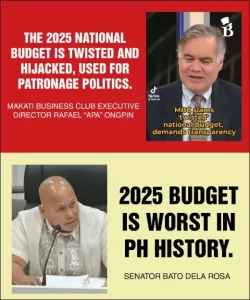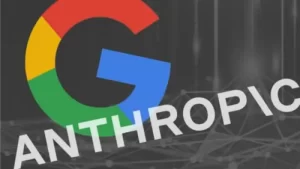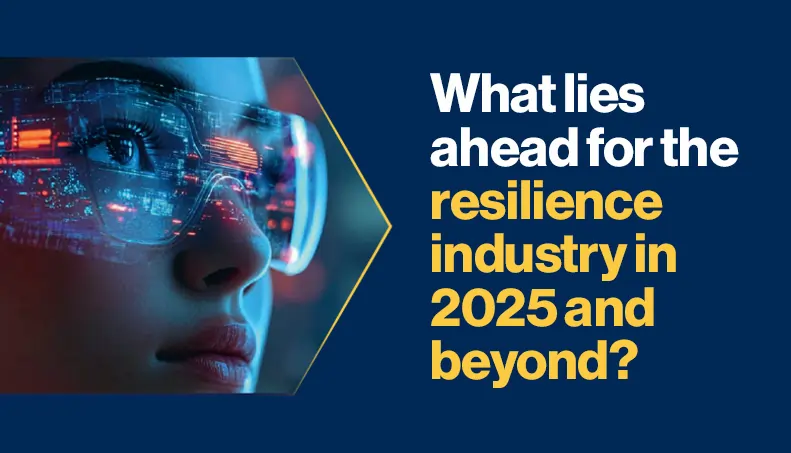
Table of Contents
🥗 Health and Wellness
Lifestyle Expectations for 2025, health and wellness will continue to dominate as people embrace a more mindful and balanced lifestyle, focusing on holistic well-being.
As awareness about the importance of physical, mental, and emotional health grows, key trends are emerging that shape how individuals approach their overall wellness.
🌱 Prioritizing Nutritional Choices
In 2025, lifestyle choices are evolving toward healthier eating. People are opting for fresh, organic foods and practicing mindful eating habits, fostering a deeper connection with what they consume.
🍴 Tackling Food Waste
Adopting a sustainable lifestyle, individuals are reducing food waste through meal planning, composting, and engaging in community programs like food-sharing initiatives.
💬 Fostering Social Connections
A fulfilling lifestyle in 2025 focuses on quality time with loved ones and digital detoxes, strengthening personal relationships and boosting mental well-being.
🏋️♂️ Proactive Health Management
The shift toward a healthier lifestyle includes prioritizing posture and mobility, alongside functional fitness routines that improve overall health and mobility.
By integrating these practices into their lifestyle, individuals in 2025 are living healthier, more connected lives while promoting sustainability and well-being.
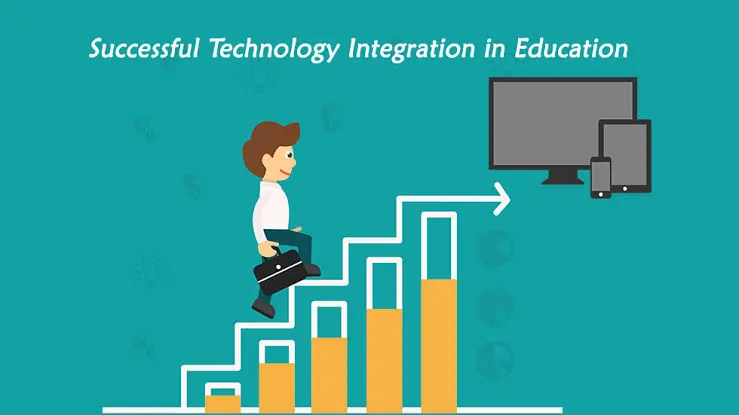
💻 Technology Integration
In 2025, technology will continue to embed itself more deeply into daily life, reshaping how individuals work, learn, and connect with the world. This ongoing digital revolution, a key factor driving Lifestyle Expectations for 2025, is powered by advances in automation, connectivity, and innovative technologies.
As these changes unfold, the way we live, interact, and adapt to our environment will be significantly influenced by these advancements. The integration of technology into all aspects of life will set the stage for a more interconnected and efficient world. 🌐✨
Let’s explore some key trends shaping the future of technology:
🌍 Increased Remote Work Opportunities
Remote work is no longer a temporary shift but a permanent fixture in the modern workforce, offering flexibility and improved work-life balance.
- Flexible Work Models: Major companies like Microsoft and Salesforce are adopting hybrid work models, allowing employees to split their time between in-office and remote settings for increased productivity and personal well-being.
- Advanced Collaboration Tools: Platforms such as Zoom, Slack, and Microsoft Teams are evolving to include features like virtual whiteboards, breakout rooms, and AI-powered meeting summaries, making communication and collaboration more seamless.
- Global Talent Access: Remote work enables companies to tap into a global talent pool, eliminating geographical barriers and increasing workforce diversity.
📚 Expanded Use of Online Education and Government Services
Digital solutions are transforming education and public services, offering new ways for people to access knowledge and interact with their governments.
- Online Learning Platforms: Websites like Coursera, edX, and Khan Academy are making education more accessible and affordable, providing courses from primary school levels to professional certifications.
- E-Government Services: Countries like Singapore and Estonia are pioneering e-governance, allowing citizens to handle tasks like license renewals, accessing healthcare records, and filing taxes—entirely online.
- Customized Learning Experiences: Adaptive learning technologies, as seen with platforms like Duolingo and Rosetta Stone, are personalizing education, allowing content to adjust to individual learning speeds and preferences.
🤖 A Growing Presence of Robots in Daily Life
Robots are stepping beyond industrial use and are now becoming integral to homes, businesses, and retail environments.
- Home Assistance: Robots such as Roomba for cleaning and Amazon Astro for home security are revolutionizing everyday tasks, making life easier for individuals and families.
- Business Applications: In the hospitality industry, robots like Flippy are assisting with meal preparation, while retail robots like Pepper engage with customers, answer questions, and manage inventories.
- Healthcare Innovations: Robotics is transforming healthcare by offering precision surgeries through systems like the Da Vinci Surgical System and providing emotional support to seniors with robots like PARO, a therapy robot.
Looking Ahead 🌐✨
As we move into 2025, technology will continue to be more than just a tool for convenience—it will become a driving force in enhancing productivity, accessibility, and the overall quality of life.
With these innovations, we are on the brink of an era that promises profound transformation across industries and personal experiences.
🌍 Environmental Consciousness
Sustainability is set to be a defining priority in 2025, as more individuals and communities commit to adopting environmentally conscious lifestyles. With global concerns about climate change and resource depletion growing, sustainability is no longer just an option—it’s becoming a fundamental way of life.
As people increasingly recognize the importance of protecting the planet, the shift toward greener practices will become an integral part ofLifestyle Expectations for 2025. This commitment to sustainability is poised to shape industries, influence consumer choices, and inspire collective action toward a healthier, more sustainable future. 🌿✨
🌱 Embracing Eco-Friendly Wardrobes
The fashion industry is rapidly evolving to address its environmental impact, with consumers making ethical and sustainable fashion choices.
- Sustainable Materials: Brands like Everlane and Reformation are leading the charge by creating clothing from eco-friendly materials, such as organic cotton, Tencel, and recycled polyester, helping reduce the reliance on virgin resources.
- Thrift and Secondhand Culture: Platforms like Poshmark, Depop, and ThredUp are making secondhand shopping trendy, encouraging consumers to refresh their wardrobes while reducing textile waste.
- Clothing Rental Services: Services like Rent the Runway are providing an alternative to fast fashion by offering high-quality outfits for rent, promoting reusability over continuous purchasing.
♻️ Sustainable Daily Practices
More individuals are incorporating eco-friendly habits into their daily routines, focusing on waste reduction and greener alternatives.
- Zero-Waste Lifestyle: Shops like Litterless and Package Free Shop are making reusable products such as glass jars, stainless steel straws, and cloth shopping bags popular, helping to reduce the reliance on single-use plastics.
- Renewable Energy: Solar panel installations, such as those by Tesla Energy, are becoming more common in households, while community solar projects provide shared access to clean energy.
- Eco-Friendly Transportation: Electric vehicles (EVs) from brands like Tesla, Rivian, and BYD are growing in popularity, while bike-sharing programs like Citi Bike and electric scooters from Bird and Lime offer eco-friendly urban transport solutions.
🌍 Community Engagement and Education
Community-driven initiatives and educational programs are helping individuals make informed, sustainable decisions.
- Urban Gardening Projects: Initiatives like GrowNYC teach people to grow their own food locally, cutting down on industrial agriculture reliance and reducing transportation emissions.
- Workshops and Campaigns: Organizations such as The Nature Conservancy are hosting educational programs on composting, energy efficiency, and conservation.
- Youth Advocacy: Climate activists, like Greta Thunberg, and movements like Fridays for Future, are motivating young people worldwide to take action, demanding that governments and corporations take responsibility for environmental change.
🏢 Corporate Accountability and Ethical Practices
As consumer demand for ethical practices rises, businesses are stepping up their sustainability efforts.
- Green Certifications: Companies are earning eco-friendly certifications such as B Corp and Fair Trade to demonstrate their commitment to sustainability.
- Carbon Offsetting: Leading companies like Google and Microsoft are pledging carbon neutrality, investing in programs that help offset their carbon emissions.
- Transparency in Supply Chains: Many brands are now sharing detailed reports on their sourcing, manufacturing, and recycling processes to build consumer trust.
Looking Ahead 🌿✨
Environmental consciousness in 2025 isn’t just about individual choices—it’s about cultivating a collective sense of responsibility. From reducing waste to supporting ethical brands and adopting renewable energy, small actions can lead to meaningful global change. As more people embrace sustainable living, the hope for a greener, healthier planet grows stronger.
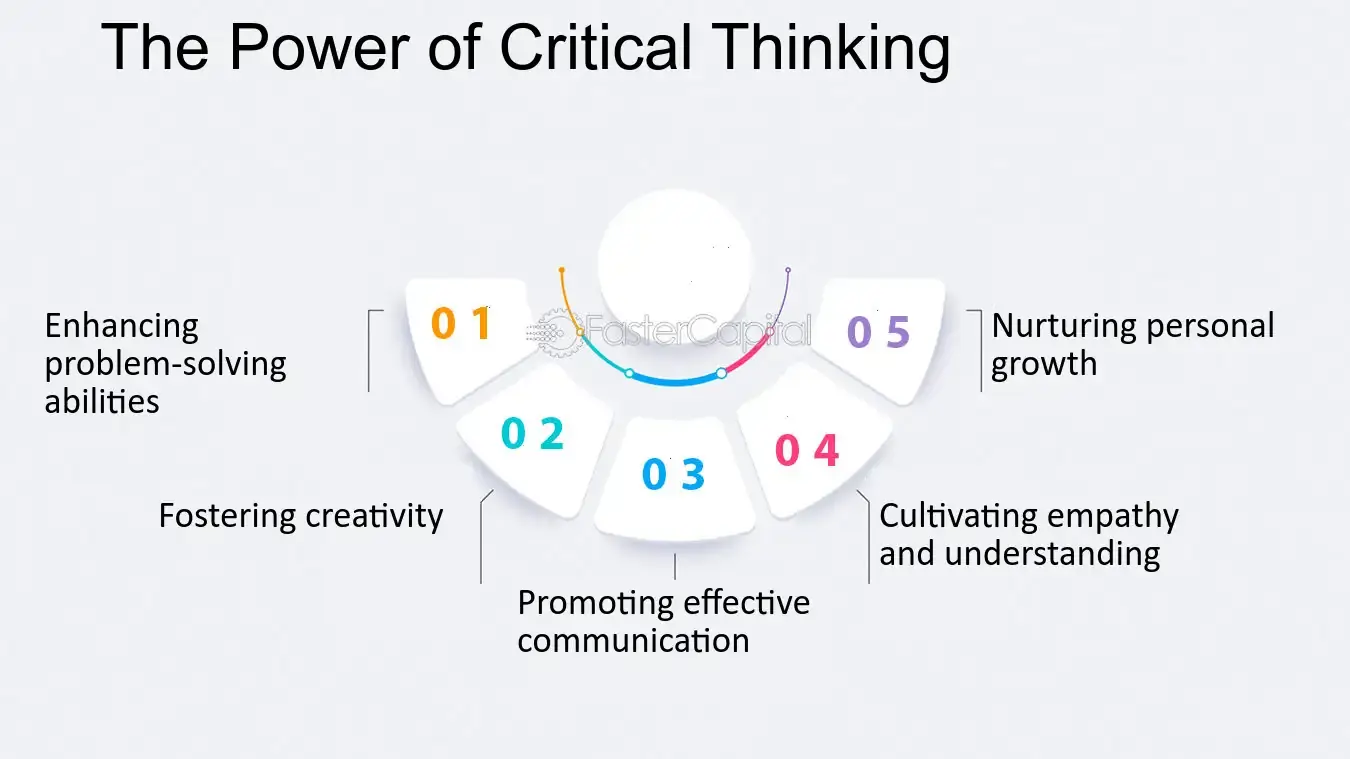
🤔 The Rise of Critical Thinking
As the world continues to evolve and become more interconnected, critical thinking will emerge as a vital skill in 2025. This invaluable ability empowers individuals to analyze information, make well-informed decisions, and navigate a rapidly changing landscape. In a world where misinformation and complex challenges are prevalent, the ability to think critically will be crucial for both personal growth and collective progress.
Embracing critical thinking will align with the Lifestyle Expectations for 2025, where adapting to new situations and solving pressing global issues will require sharp analytical skills. As technology advances and new opportunities arise, this skill will be indispensable for success in the years ahead, directly influencing our lifestyle choices. 🧠🌍
🌐 Navigating Emerging Technologies
With AI and automation reshaping industries, critical thinking becomes essential for evaluating the ethical implications and long-term effects of these advancements. Tools like OpenAI’s ChatGPT and other AI-powered platforms offer great potential, but they require careful and thoughtful use to avoid over-reliance on automation and to ensure responsible application in everyday lifestyle decisions.
📰 Combating Misinformation
In the digital age, the ability to distinguish fact from fiction is more crucial than ever. Platforms such as FactCheck.org and Snopes help individuals critically assess news, rumors, and viral claims. By promoting accurate information and rigorous evaluation, these resources empower individuals to make informed decisions, shaping our lifestyle in 2025 and beyond.
🎓 Educational Initiatives
Educational institutions, like Stanford University, are incorporating critical thinking skills into their curriculums to prepare students for the challenges of the future. By fostering a culture of inquiry, these programs encourage students to question assumptions, solve complex problems, and approach issues from multiple perspectives—skills that will enrich the lifestyle of future generations.
Looking Ahead 🌿✨
In 2025, critical thinking will not just be a skill—it will be the cornerstone of informed decision-making and responsible citizenship. As individuals become more adept at navigating emerging technologies, combating misinformation, and engaging with diverse viewpoints, the global community will be better equipped to face the challenges and opportunities ahead, ultimately shaping a lifestyle based on knowledge, empathy, and action. 🌟✨
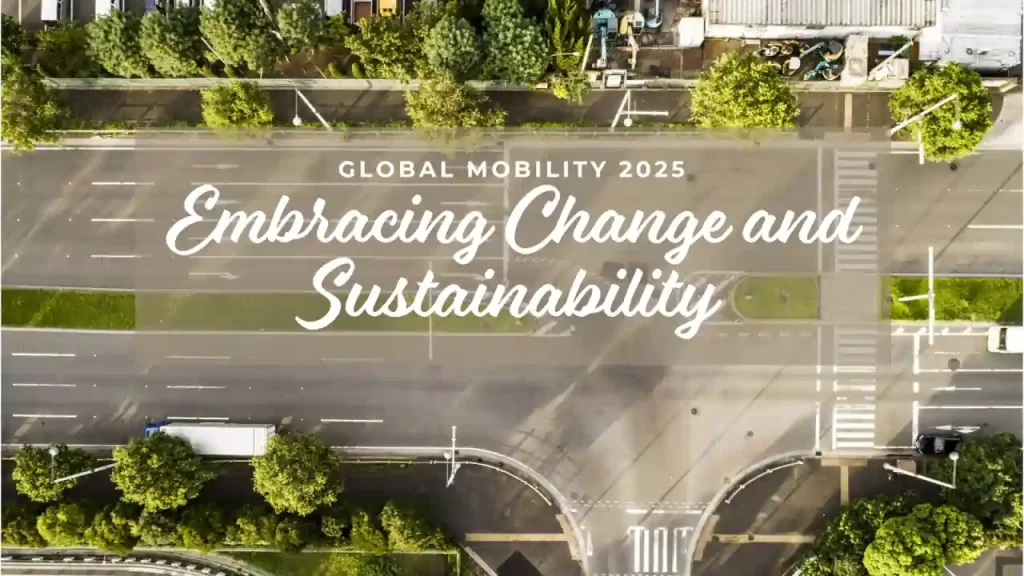
🌐 Global Solutions: A Collaborative Future
In 2025, the need for global collaboration will be more critical than ever. As nations face challenges such as climate change, health crises, and economic instability, the world is coming together to find solutions. A united approach is key to overcoming these global obstacles and building a better, more resilient future.
The Lifestyle Expectations for 2025 emphasize the importance of cooperation, with countries and organizations working together to create sustainable solutions that will benefit all of humanity. 🌐🤝
🌍 Climate Collaboration
Addressing climate change demands collective responsibility and action. Programs like the United Nations Framework Convention on Climate Change (UNFCCC) serve as pivotal platforms for global cooperation, focusing on reducing carbon emissions and developing sustainable practices.
Through initiatives such as the Paris Agreement, nations are committing to environmental goals that require the collective efforts of governments, industries, and individuals worldwide to protect the planet for future generations.
🏥 Global Health
The COVID-19 pandemic has underscored the importance of global health collaboration. Organizations like the World Health Organization (WHO) have worked hand in hand with governments, health agencies, and non-governmental organizations to strengthen healthcare systems and develop strategies to respond to future crises.
By sharing resources, data, and expertise, these partnerships are enhancing global preparedness and improving healthcare access for vulnerable populations.
💵 Economic Recovery
In the wake of global economic disruptions, forums like the World Economic Forum (WEF) are advocating for equitable economic recovery solutions. Addressing income inequality, improving access to education, and supporting sustainable industries are critical elements of building an inclusive and fair economic system.
By bringing together policymakers, business leaders, and social advocates, these platforms are promoting strategies to ensure that economic recovery benefits all nations and communities.
Looking Ahead 🌿✨
As the world faces complex challenges in 2025, global collaboration will remain the cornerstone of finding effective solutions. Whether tackling climate change, ensuring global health, or promoting economic equality, working together will drive the policies and actions needed to build a more sustainable and harmonious world. 🌍✨
🫱 Addressing Declining Tolerance
As the world becomes increasingly diverse, concerns about the decline in tolerance and empathy have grown. In 2025, fostering understanding and promoting inclusivity will be essential to bridge social divides and build a more harmonious society.
💬 Community Dialogues
Initiatives like Living Room Conversations are leading the way in creating safe and welcoming spaces for open discussions on divisive topics. These dialogues allow individuals from different backgrounds to engage with each other respectfully, helping to break down barriers and cultivate mutual understanding.
By encouraging constructive conversations, such platforms empower people to share their experiences, challenge biases, and find common ground.
🎬 Cultural Representation
Media plays a pivotal role in shaping societal attitudes. Platforms like Netflix have recognized the importance of diversity in their content, offering a wide range of stories from underrepresented communities.
By showcasing authentic experiences, these platforms allow audiences to connect with different cultures, broadening their perspectives and fostering empathy. This shift in cultural representation helps create a more inclusive environment where diverse voices are heard and celebrated.
🌍 Global Awareness Campaigns
Global initiatives such as UNESCO’s Intercultural Dialogue campaign aim to inspire cross-cultural learning and foster mutual respect. By promoting the exchange of ideas and cultural traditions, these efforts work towards reducing prejudice and encouraging a more inclusive world.
Through educational programs, community outreach, and cultural exchange, these campaigns actively combat intolerance and build stronger global connections.
Looking Ahead 🌿✨
In 2025, addressing declining tolerance will be a priority as society navigates the complexities of diversity. By fostering empathy, encouraging open dialogue, and promoting cultural understanding, we can reduce prejudice and create a more united and inclusive world. 🌍✨
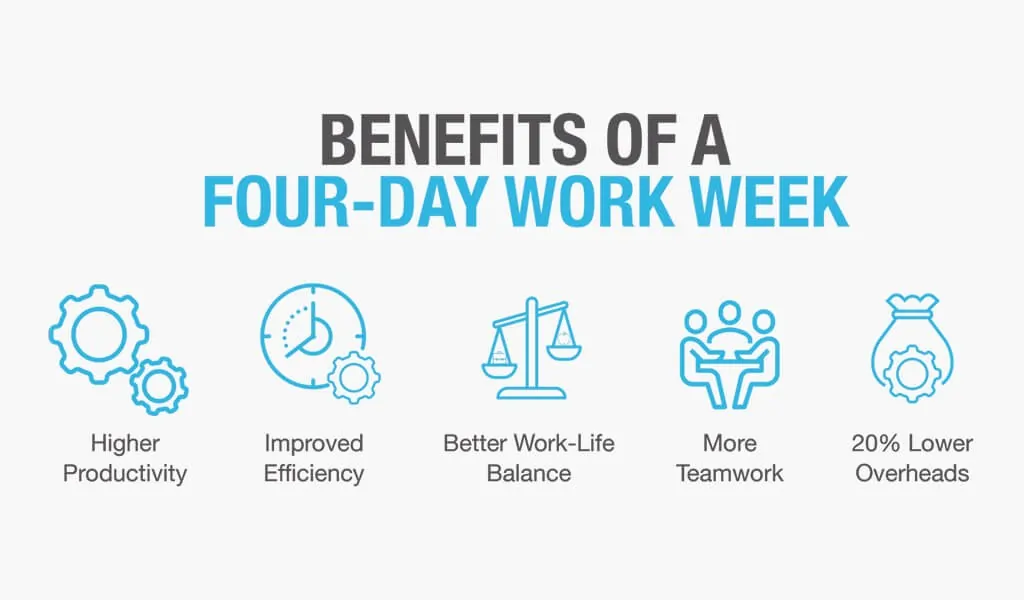
🏖 Four-Day Work Week: A Concept in Progress
The idea of a four-day work week continues to capture attention as a potential game-changer in work culture. While it has shown promise, its widespread adoption in 2025 remains uncertain, with both challenges and opportunities on the horizon.
As part of the Lifestyle Expectations for 2025, this shift in work structure is being evaluated for its impact on productivity, employee well-being, and overall work-life balance, signaling a possible transformation in how the modern workforce operates. 🌟
🚀 Successful Trials
Several countries and companies have already experimented with shorter work weeks, and the results are encouraging. Iceland, for example, conducted extensive trials that resulted in increased productivity and higher employee satisfaction.
Similarly, Microsoft Japan tested the four-day week and saw a significant boost in output, along with improved work-life balance for employees. These successes provide compelling evidence that the model could be beneficial in the right environments, fostering a healthier and more efficient workforce.
⚙️ Challenges to Adoption
While the four-day work week may be ideal for some sectors, others may find it harder to implement. Industries that require constant availability, such as healthcare, customer service, and manufacturing, face practical challenges.
For these industries, adapting to a compressed schedule may prove difficult, as it could disrupt operations or place additional strain on staff. As such, the concept may not be feasible for every organization, at least not without significant adjustments to staffing and scheduling.
🌱 Future Potential
Despite the obstacles, the future of the four-day work week is promising, especially as workplace technology continues to evolve. With advancements in communication tools, automation, and remote work capabilities, companies may find it easier to implement flexible working models without sacrificing productivity.
The concept could become more viable across industries as organizations embrace new ways of working that prioritize efficiency and employee well-being.
Looking Ahead 🌿✨
As 2025 approaches, the four-day work week remains a concept in progress. Its adoption will likely depend on industry, company culture, and technological advancements. However, as the benefits of work-life balance and productivity become clearer, this model could transform the way we approach work in the future. 🌍✨
📉 Interest Rates: Easing Expectations
As we look toward 2025, the outlook for interest rates suggests a more stable economic environment, with fewer hikes expected compared to recent years. This shift reflects a broader trend toward managing growth while balancing inflationary pressures and economic stability.
Lifestyle Expectations for 2025 will likely be influenced by these economic adjustments, as consumers and businesses adapt to a more predictable financial landscape.
💼 Economic Stability
Central banks, such as the Federal Reserve and the European Central Bank, are taking a cautious approach to interest rate adjustments. Their primary goal is to sustain the economic recovery without curbing growth.
By opting for gradual or more moderate changes in rates, these institutions aim to strike a balance that supports businesses, consumers, and overall economic activity.
💡 Positive Impact
Lower interest rates have a wide-reaching effect, benefiting both consumers and businesses. When borrowing becomes more affordable, it encourages investment across various sectors, including housing, education, and infrastructure.
This not only supports individual financial goals, such as buying homes or pursuing higher education, but also stimulates broader economic growth through increased business investment.
⚖️ Long-Term Risks
While lower interest rates can promote growth, there are potential long-term risks that require careful management. Extended periods of low rates could contribute to inflationary pressures, eroding purchasing power and increasing the cost of living.
Additionally, financial market imbalances may arise, leading to speculative bubbles or unsustainable levels of debt. Central banks will need to closely monitor these developments to ensure long-term economic stability.
Looking Ahead 🌿✨
In 2025, the expectation is that interest rates will remain relatively stable, providing a favorable environment for both businesses and consumers. However, ongoing vigilance will be necessary to address any potential risks associated with prolonged low rates.
As central banks continue to adapt to changing economic conditions, interest rate policies will play a key role in shaping the financial landscape for years to come. 🌍📈
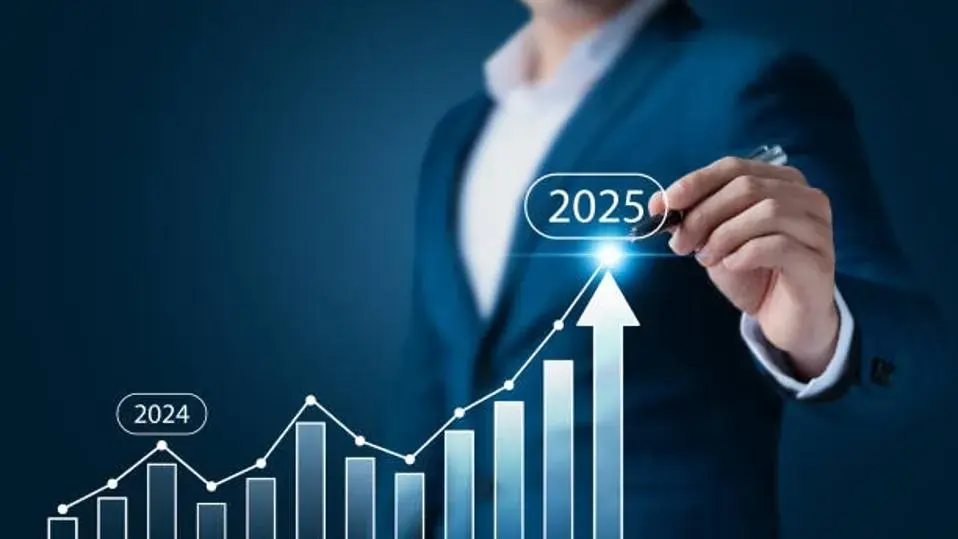
🚗 Lifestyle Expectations for 2025: The Road Ahead – Growth and Resilience
The challenges and opportunities of 2025 highlight the growing need for critical thinking, global collaboration, and flexible, forward-thinking mindsets. As individuals, organizations, and communities join forces, the year is set to foster growth, resilience, and significant progress toward a brighter, more sustainable future.
Lifestyle Expectations for 2025 suggest that embracing these qualities will be key in shaping a better tomorrow.
🌍 Key Themes for 2025
- Critical Thinking: The ability to analyze complex information and make informed decisions will be paramount as the world faces rapidly evolving technologies, societal changes, and environmental challenges.
- Global Cooperation: Addressing global issues such as climate change, public health, and economic inequality will require a collective, unified response. Together, we can overcome barriers and build stronger, more connected societies.
- Adaptable Mindsets: Flexibility and adaptability will be essential in navigating the uncertainties of the future. Embracing new ideas, learning from past experiences, and adjusting to change will empower us to thrive.
🌟 The Path to Progress
2025 will be a year of dynamic change, with opportunities for personal, professional, and collective growth. By prioritizing critical thinking, fostering collaboration, and maintaining resilient attitudes, we can pave the way for a more promising future—one where challenges become stepping stones and progress is a shared achievement.
Lifestyle Expectations for 2025 indicate that embracing these values will lead us toward a prosperous and sustainable future.
🚀 Looking Forward
The road ahead is full of promise, with innovation, sustainability, and global solidarity shaping the way forward. As we move into 2025, the potential for transformation and improvement is boundless, and the opportunities for success are more accessible than ever before. Let’s embrace the journey with optimism and a commitment to creating a brighter tomorrow. 🌈✨
Disclaimer:
This article is provided solely for informational purposes and is based on publicly available insights and announcements regarding Lifestyle Expectations for 2025.
TechWirings does not endorse, promote, or officially support any opinions, views, or actions presented within this content. All information shared is for general understanding and should not be construed as advice or recommendation.
Conclusion 🌟✨
As we step into 2025, lifestyle expectations are shaped by a blend of health-conscious living, technological innovation, environmental consciousness, and evolving societal norms. This year promises a more mindful and balanced approach to life, emphasizing well-being, sustainability, inclusivity, and global collaboration.
From prioritizing holistic health and adopting eco-friendly practices to embracing technological advancements and fostering critical thinking, individuals and communities are driving change for a brighter, more sustainable future. With global efforts to tackle pressing challenges like climate change and economic inequality, 2025 is set to be a year of transformation and resilience.
By aligning personal choices with these emerging trends, we collectively move toward a healthier, more connected, and harmonious world. Let’s embrace these opportunities to make 2025 a year of progress, empathy, and meaningful impact. 🌍✨

Frequently Asked Questions 🌟
1. What are the key lifestyle trends in 2025?
The key lifestyle trends for 2025 include prioritizing holistic health, embracing sustainable living practices, integrating advanced technologies like AI into daily routines, and fostering inclusivity and diversity in personal and professional spaces.
2. How can I adopt a more sustainable lifestyle in 2025?
You can embrace sustainability by reducing waste, opting for reusable products, supporting eco-friendly brands, conserving energy, adopting plant-based or local diets, and making conscious travel choices like using public transportation or choosing eco-tourism.
3. What role does technology play in shaping lifestyles in 2025?
Technology enhances convenience, efficiency, and connectivity. From smart home systems and wearable health devices to AI-driven apps for productivity and mental well-being, technology is deeply integrated into everyday life, promoting a balanced, efficient, and informed lifestyle.
✨ Ready to explore more trends? Let’s dive deeper!

